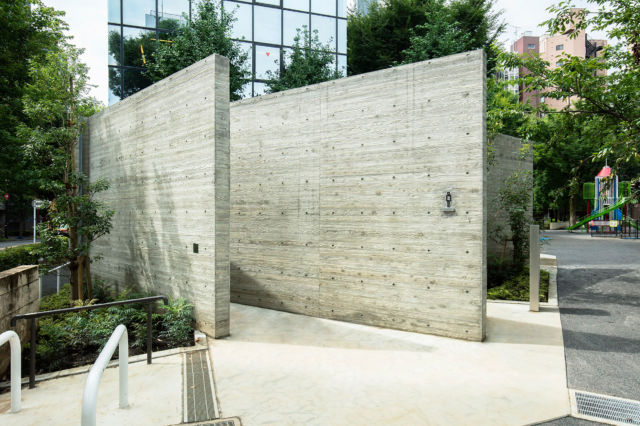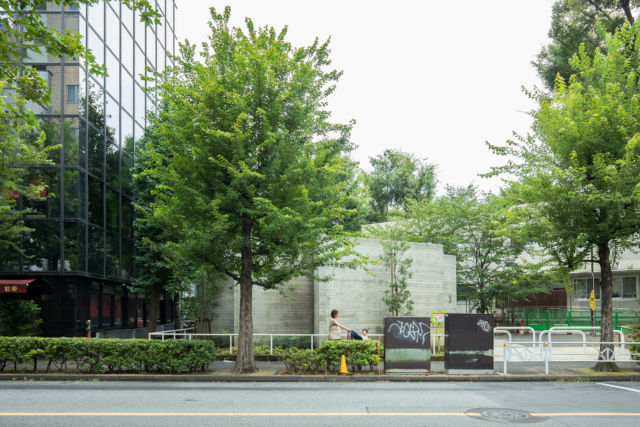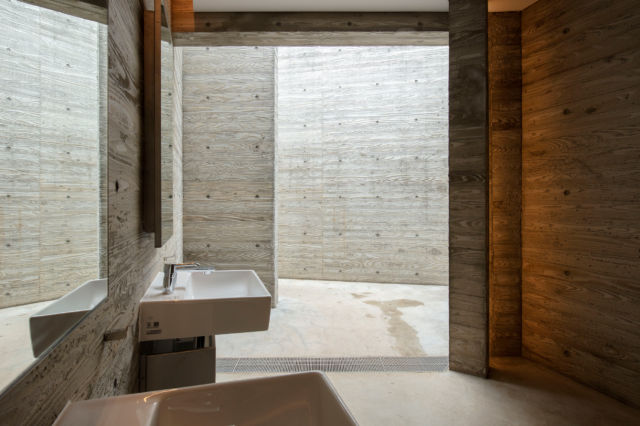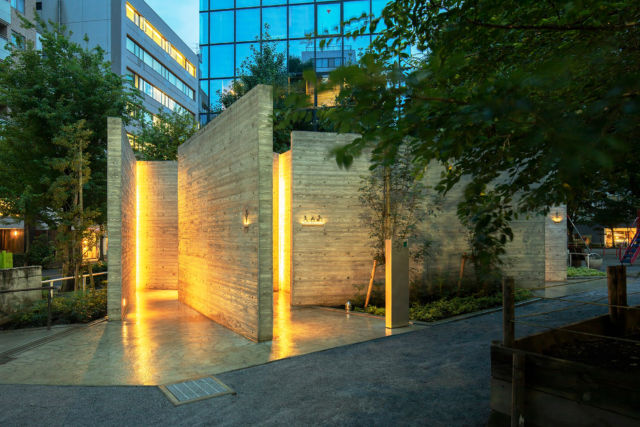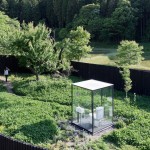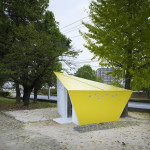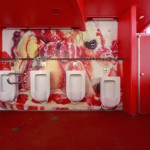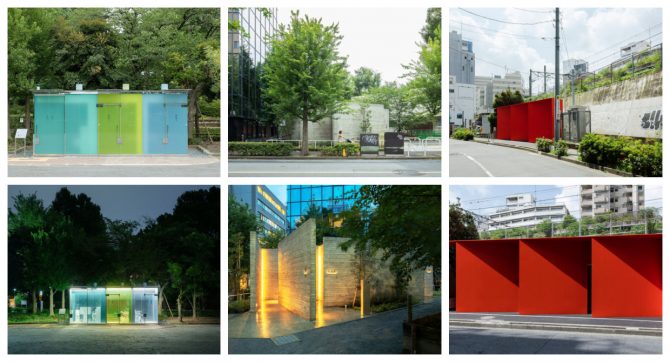
Japan’s public restrooms have in international reputation for being clean and well-maintained, but apparently that still wasn’t good enough. Shibuya’s public restrooms are currently undergoing a huge facelift in a project called Tokyo Toilet. Sixteen renown designers have been hired to redesign 17 public restrooms in locations all throughout Shibuya.
The project was spearheaded be the Nippon Foundation, who explains that “toilets are a symbol of Japan’s world-renowned hospitality culture.” All the toilets will be wheelchair-accessible and will be maintained by dedicated cleaning crews so that they “stand the test of time.”
Some locations are still under construction and won’t be completed until 2021 but below are the locations that have already opened. There’s also a handy map showing the location and status of each restroom.
Haru No Ogawa Community Park by Shigeru Ban
Architect Shigeru Ban, whose designed occupies 2 locations, created a bathroom whose walls are transparent when unoccupied. “There are two things we worry about when entering a public restroom, especially those located at a park,” explains Ban. “The first is cleanliness, and the second is whether anyone is inside.” Ban’s design solves for both, and also serves as a beautiful lantern that illuminates the park at nights.
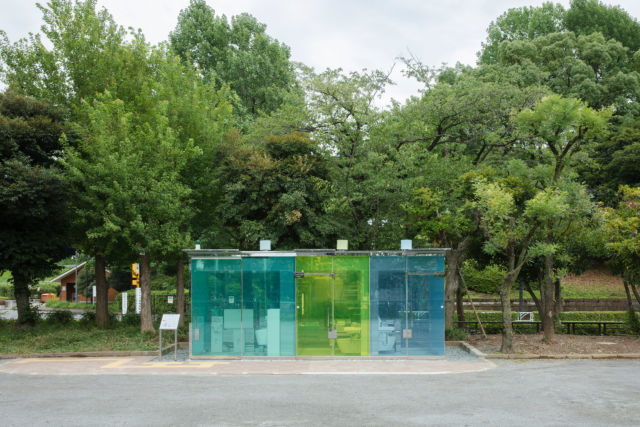
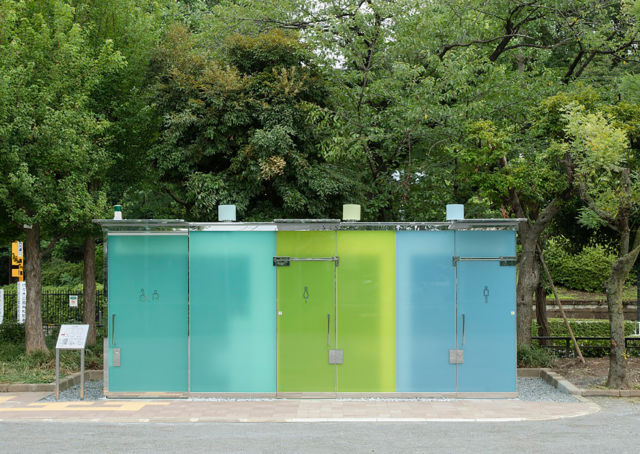
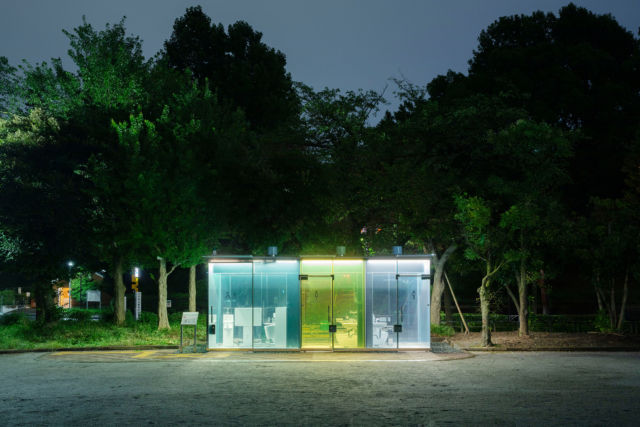
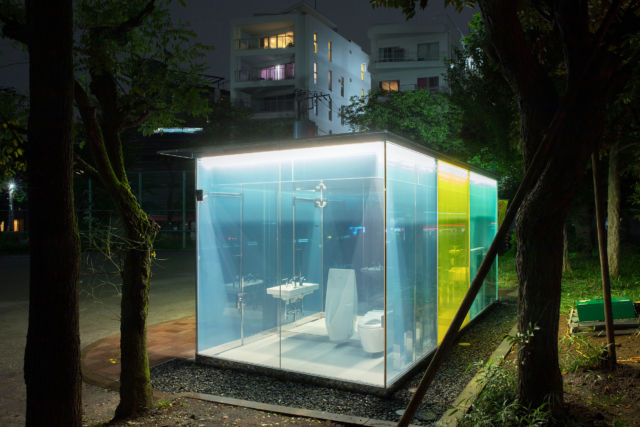
Higashi Sanchome by Nao Tamura
NY-based designer Nao Tamura’s bathroom design was informed by her time in New York and the city’s respect towards the LGBTQ+ community. “The bathroom is a place where we address physical needs universal to all mankind, regardless of age, sexual identity, nationality, religion, or skin color,” says Tamura, and her design seeks to address those needs with an emphasis on security, privacy and urgency.
Designed to fit into a small triangular lot, Tamura’s restroom was inspired by Origata, a traditional Japanese method of decorative wrapping. “A symbol of gift-giving, this motif embodies the spirit of hospitality towards Shibuya ward’s multinational visitors, and carries my vision to create a safe space that envelopes all users.”
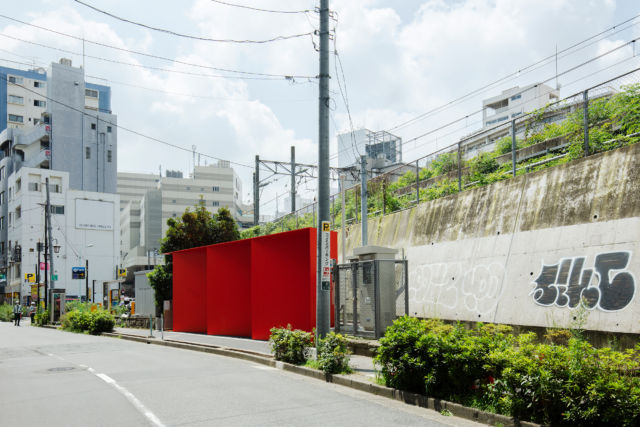
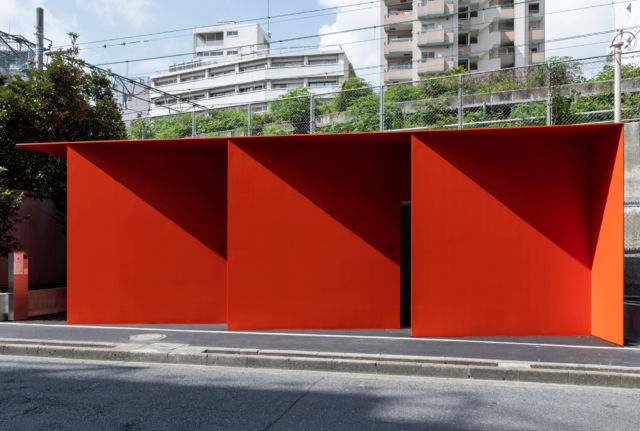
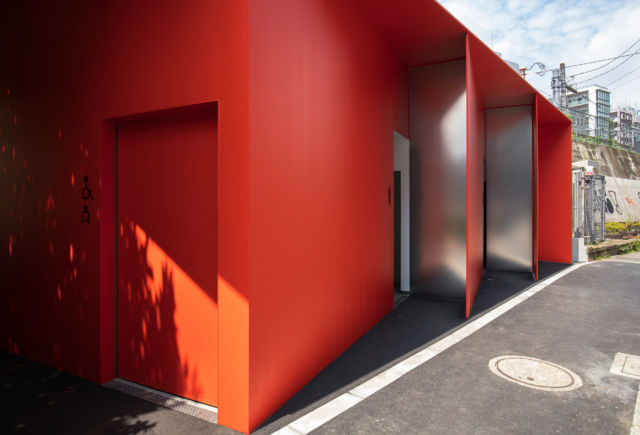
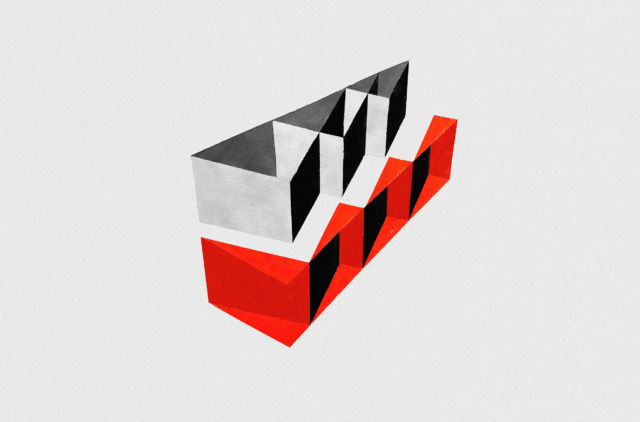
Ebisu East Park by Fumihiko Maki
Architect Fumihiko Maki’s restroom occupies a park commonly known as “Octopus Park” because of its playground equipment and the new facility was nicknamed “Squid Toilet.” The park is a popular spot for kids and adults so “we wanted this facility to function not only as a public restroom but as a public space that serves as a park pavilion equipped with a rest area,” says Maki.
The design uses a decentralized layout with multiple areas and lines of sight that promote good ventilation and plenty of sunlight. A cheerful roof integrates the different sections.
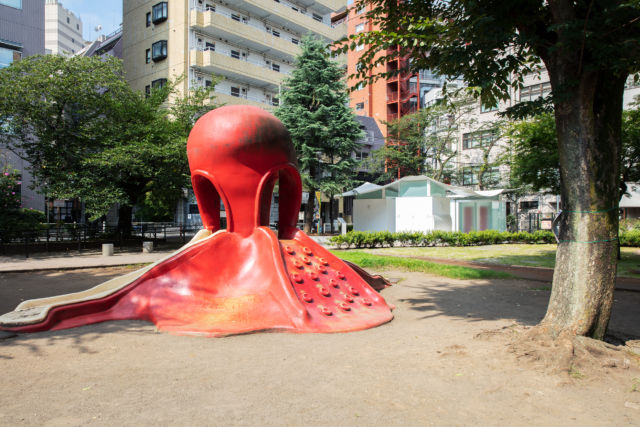
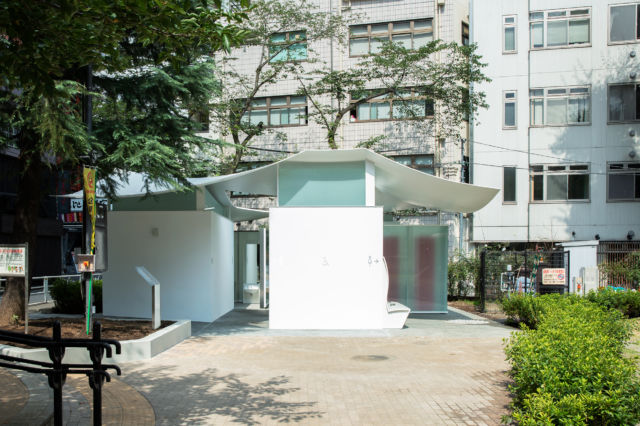
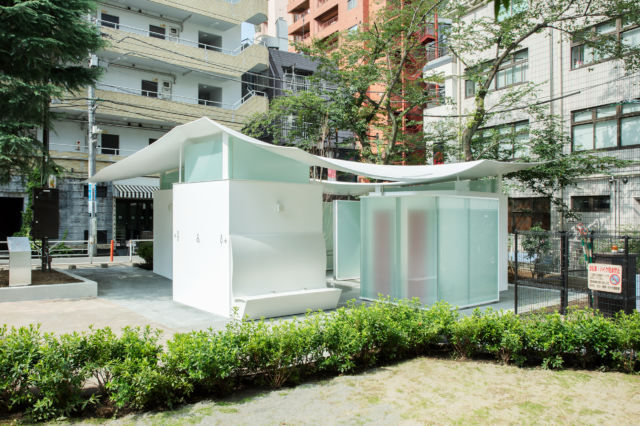
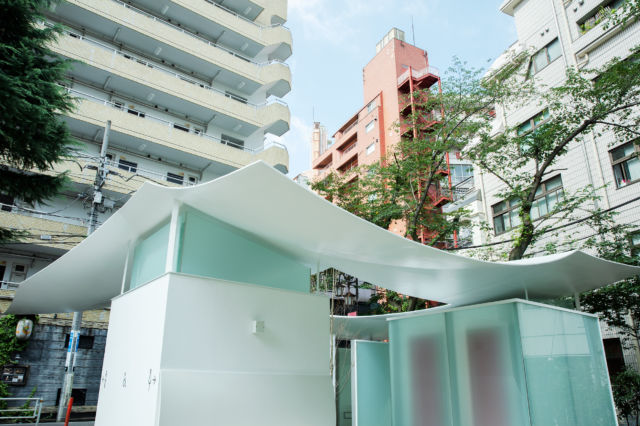
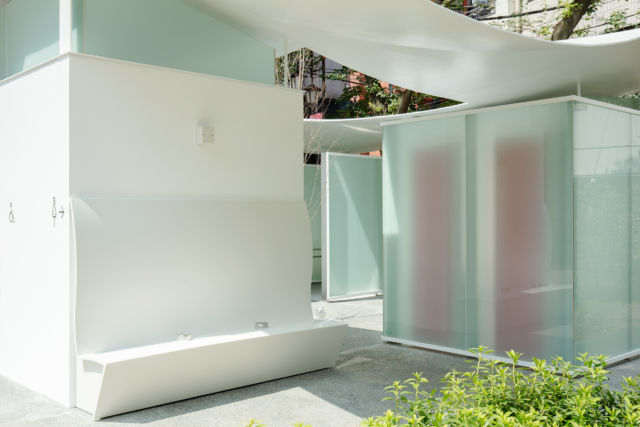
Ebisu Park by Masamichi Katayama
Some of Japan’s oldest toilets were known as kawaya, or river hut. Primitive in design, they were simple yet functional and often made of hardened soil and wood bundled together.
Masamichi Katayama, the lead architect of Wonder Wall, sought to create a contemporary Kawaya that was both art object and toilet through randomly positioning 15 concrete walls to creates an ambiguous space. “The spaces between the walls lead users into three different areas designed for men, women, and everyone. The design creates a unique relationship in which users are invited to interact with the facility as if they are playing with a curious piece of playground equipment.”
